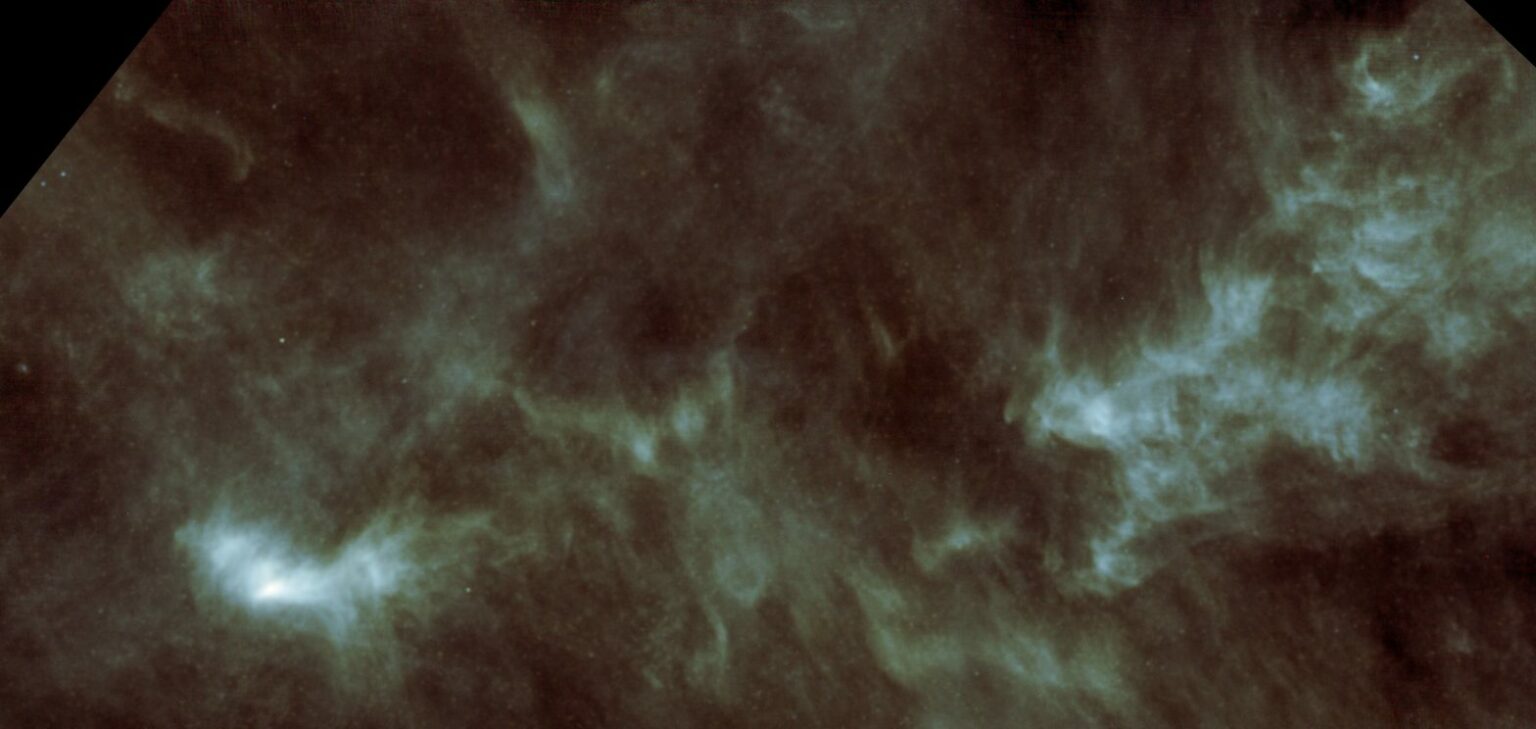Stars can form much faster than expected. Such a conclusion can be drawn from the results of a study conducted using the Chinese FAST radio telescope (Five-hundred-meter Aperture Spherical Telescope) with a half-kilometer main reflector, which is currently the largest full-aperture astronomical instrument on the planet.

After the 305-meter Arecibo reflector (Puerto Rico) collapsed in 2020, astronomers lost a very powerful tool for studying the Universe. Fortunately, it was soon replaced by the FAST radio telescope. Chinese specialists engaged in its maintenance and management decided to provide a certain amount of observed time to scientists from other countries. In one of the first issues of the journal Nature there was a message about an important discovery made with the help of a new tool.
Chinese astronomers used FAST to measure the magnetic field inside an interstellar molecular cloud called Lynds 1544. It is located in the constellation Taurus at a distance of about 450 light-years from the Solar System. Previous studies have affected only the densest part of the cloud, where the protostar is located, which is at the stage of formation (it was studied by the Arecibo radio telescope at the time). Now it is possible to study thinner areas of the cloud closer to its edges and get information that was previously absent.
The measurements showed that the magnetic field in these regions turned out to be 13 times weaker than predicted by theoretical models. Consequently, it is not strong enough to hold the matter, which is contracting under its own gravity, which means that thermonuclear fusion will flare up inside the compacting ball of hot gas much faster than previously expected. It is after the start of thermonuclear reactions that protostars become full-fledged luminaries — such as our Sun.
“If the standard theory were correct, the magnetic field would have to be much stronger to withstand a 100-fold increase in cloud density. This is not observed,” commented the head of their research, Di Li, the chief researcher of FAST.

The discovery may force scientists to reconsider the theory of star formation. But first they should wait for the results of studies of other similar molecular clouds. “If it is proved that something similar happens in other gas clouds, it will be a revolution in our ideas about star formation,” Paola Caselli from the Max Planck Institute for Extraterrestrial Physics (who was not directly involved in the study) said in an interview with Science magazine. — The document says that gravity is the main driving force of processes in the cloud. This is a very serious statement”.
The FAST radio telescope is located inside a natural crater in Guizhou Province in southwest China. Its giant dish consists of 4,500 triangular panels, each of which can be controlled to allow the telescope to focus on different objects. It saw its “first light” in 2016.
Follow us on Twitter to get the most interesting space news in time
https://twitter.com/ust_magazine

